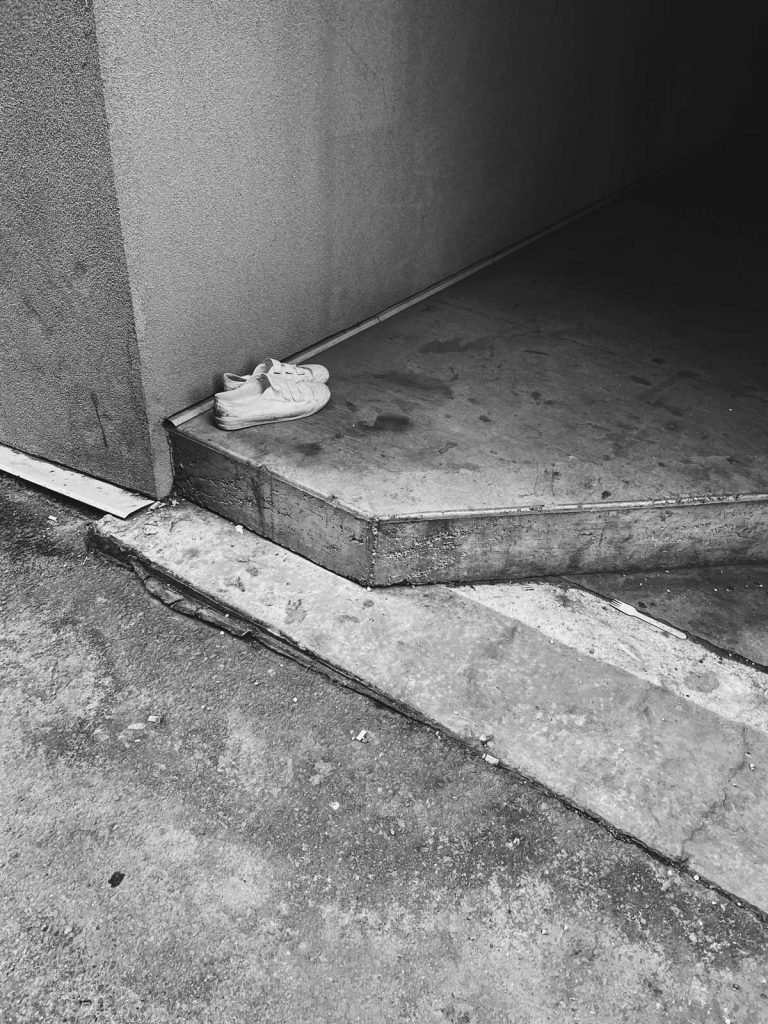Semi-finalist 2024
| Submitted by: | Lorielle Giffin |
| Department: | Sociology |
| Faculty: | Arts |
Walking out of the doors to my building, I saw a pair of neatly discarded white shoes staring up at me. They were not just any shoes. As a researcher on the University of Alberta Prison Project (UAPP), they were easily recognizable to me as prison-issued footwear.
Just the day before, I was in a local jail interviewing incarcerated people as they were about to be released. As part of the UAPP’s Re-entry Study, we interview participants on the day of their release and follow-up with them for up to a year as they navigate life “on the outs.”
As researchers on the UAPP, we are given the privilege of listening to—and learning from—people’s stories. We hear stories about what landed someone behind bars. We hear about experiences of trauma, victimization, and offending. We hear of people’s hopes on their day of release and, too often, we observe as their hopefulness diminishes over time. In essence, our work involves walking a mile in someone else’s shoes.
As you look at this image, I invite you to consider the person who walked in these shoes. Who might’ve they belonged to? Where is this person now? What is their story? I invite you to walk a mile in someone else’s prison shoes.
Was your image created using Generative AI?
No.
How was your image created?
This photo was taken spontaneously. As an ethnographer, I am constantly thinking about boundaries between ‘the field’ and my personal life. There was something about seeing a pair of prison shoes so close to home that immediately struck me and I felt compelled to snap a photo. It was not until I heard about the IOR contest that I returned to the photo to study it more closely. Pointed towards a dark, shadowed corner, the shoes symbolically represent the many unknowns of re-entry. Many people are released from jail not knowing where they are going to sleep that night. Others are released with fear of relapsing back into addiction. Yet others who initially leave prison hopeful have their hope crushed as they struggle to make ends meet. For many newly released people, their re-entry back into the community is rife with uncertainty. The photo is presented in black and white (B&W). B&W photos are not really B&W at all. Rather, they depict a spectrum of colour from dark to light. In other words, B&W photos emphasize shades of grey. All of us, including incarcerated people, are complex. As researchers, it is our job to find these complexities. It is our job to see the shades of grey.

